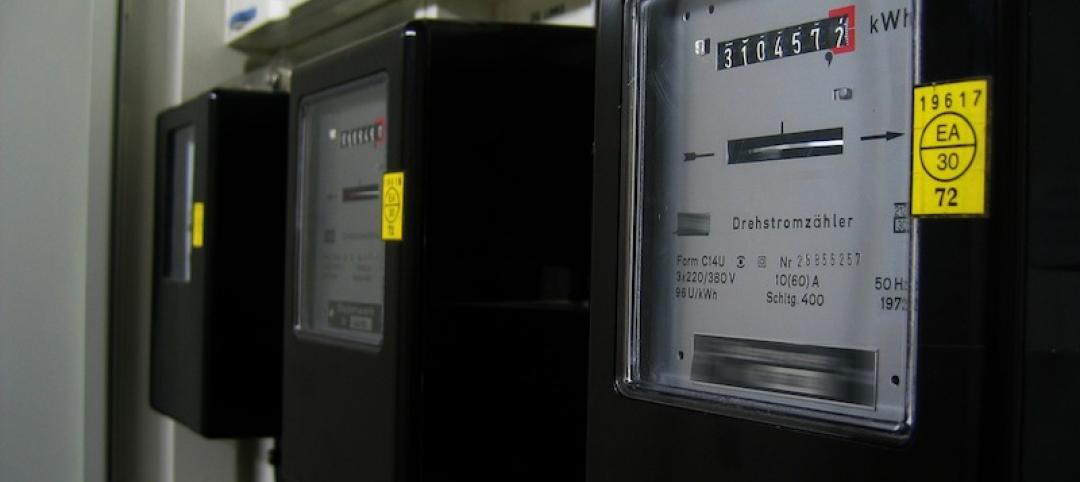Architect Butch Grimes, who examined the wreckage after a half-mile tornado struck Tuscaloosa, Ala., believes toughening building codes can reduce damage from twisters.
“The damage we had on the edges [of the tornado] could have been avoided with simple construction techniques,” Grimes told Scientific American.
The strongest hurricane winds on the coast can reach 180 mph, while the strongest tornadoes, category EF-5, have wind speeds of 200 to 250 mph. Tornadoes that strong are rare, with more common lower-category EF-2 or EF-3 tornadoes having wind speeds in the 100- to 150-mph range. The lower wind speeds, around hurricane strength, are most common on the edge of tornadoes.
“It’s probably not practical to design for EF-5 damage,” Grimes said. Weaker storms, however, can and should be designed for as coastal areas have been doing for years, he said.
Hurricane clips are one potential quick fix. In Alabama, the clips are required for buildings built within 5 miles of the Gulf of Mexico but remain optional farther inland. Reinforced windows could be another effective measure.
(http://www.scientificamerican.com/article/tornado-survival-could-improve-with-better-building-codes/)
Related Stories
Codes and Standards | Jan 31, 2020
Colorado ranks first in LEED Top 10 states
Rankings of states for LEED certified square feet per person released.
Codes and Standards | Jan 30, 2020
Dramatic demographic shifts poised to alter global workplace
By 2030, Millennials and Generation Z will dominate workforce.
Codes and Standards | Jan 29, 2020
Half of Manhattan’s new residential skyscrapers are empty
Excess comes as middle class housing shortage worsens.
Codes and Standards | Jan 28, 2020
Updated Engineered Wood Construction Guide now available
Provides guidance on building engineered wood floors, walls, and roofs.
Codes and Standards | Jan 24, 2020
Fenestration Rating Council earns ANSI certification
FenStar Certification Program ensures windows, doors, and skylights meet Energy Star specifications.
Codes and Standards | Jan 23, 2020
Rent control policies backfire on goal of boosting affordable housing
Natl. Apartment Assn. study says rent control decreases housing supply, harms condition of housing stock.
Codes and Standards | Jan 22, 2020
Potential energy savings from smart meters is largely unrealized
Most utilities underuse the technology that can help customers save money.
Codes and Standards | Jan 21, 2020
Contractors pay practices reviewed in new database
Fastest and slowest paying GCs revealed.
Codes and Standards | Jan 17, 2020
Several states with ambitious climate goals will have to restrict natural gas as a fuel
Buildings would have to heat and cook with electricity.
Codes and Standards | Jan 16, 2020
New solar-ready mandate affects commercial and residential buildings in St. Louis
All new buildings must have reserved rooftop sections for PVs.

















